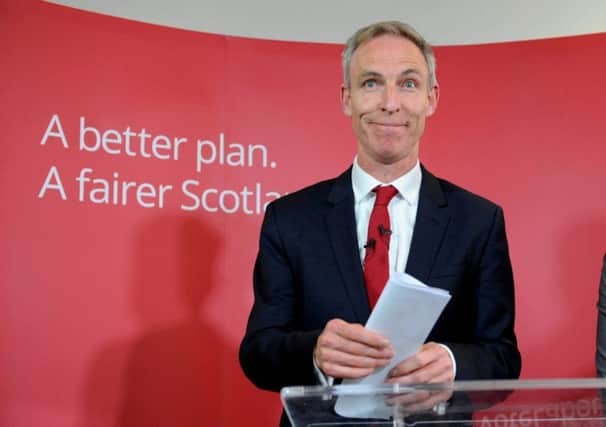John Curtice: All Scottish parties face questions


But that is exactly what happened. Labour managed to hang on to just one seat, Edinburgh South, where Ian Murray may well have survived thanks to tactical voting by Conservative and Liberal Democrat voters. Even the party’s safest seat, Glasgow North East, fell in the wake of an extraordinary 44-point increase in SNP support.
Indeed, the higher the Labour (and the weaker the SNP) vote in 2010, the bigger the swing from Labour to the SNP. This helped ensure the SNP’s 50 per cent of the vote secured it 56 of the country’s 59 seats.
Advertisement
Hide AdAdvertisement
Hide AdIndeed, never before has a party won as many as 95 per cent of the seats in Scotland; the previous record was the 90 per cent won by the parties of the National Government in 1931. A first past the post system that has long been Labour’s friend came back to bite the party with a vengeance.
The seeds of this disaster were, of course, sown during the referendum. It ensured the independence issue became the defining issue of Scottish politics.
Given that some 40 per cent of those who backed Labour in 2010 voted Yes, this inevitably served to undermine Labour’s position. At the same time, the SNP’s vision of an independent Scotland that was more equal convinced many a former Labour voter that the SNP, not Labour, is now the party of equality.
Conservative spokespeople were keen yesterday to point out that, in contrast to Labour, the party had only suffered a minor slippage in its support and had retained its single Dumfriesshire seat. However, the 14.9 per cent that the party achieved was still a new record low for the party in a Westminster election north of the Border. Equally, the 26-point difference between the party’s Scottish and English performance is now also at a record high.
In short, the Tories’ Scottish problem remains a big as ever. And now an English-dominated Conservative government will have to attempt to introduce a plan for further devolution for Scotland that, at the moment at least, is not backed by the party that dominates the country’s Holyrood and Westminster representation.
Still, despite its phenomenal success, the SNP must feel an edge of disappointment. It promised its voters a Labour government reinforced by SNP backbone. Instead it faces the prospect of being a powerless minority party that will have to make an effort to make its Commons voice heard.
It may prove difficult to maintain the enthusiasm of its supporters in these less propitious circumstances.
In the meantime, it is Labour that has the biggest headache. It has just 12 short months until next year’s Holyrood election to persuade people it does have a clear vision for Scotland. Nobody envies them their task.
• John Curtice is professor of politics at Strathclyde University